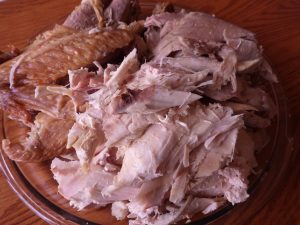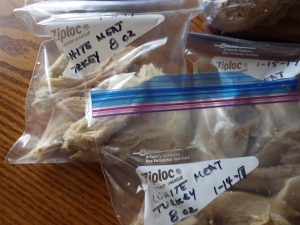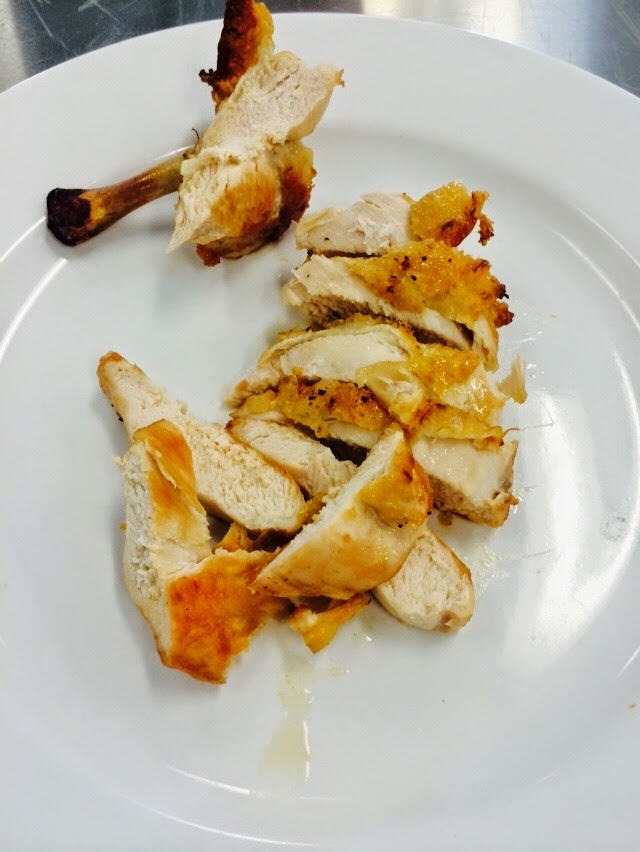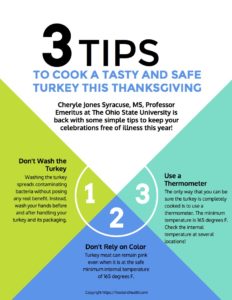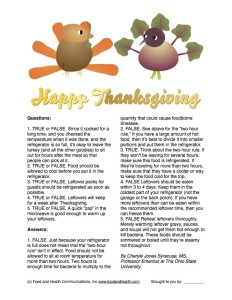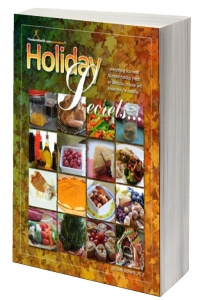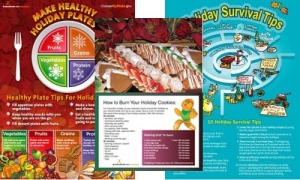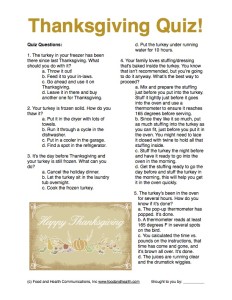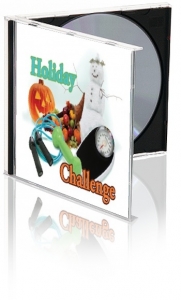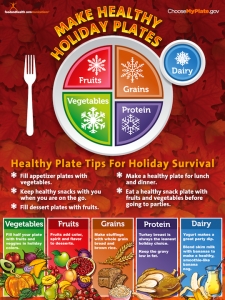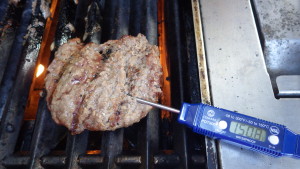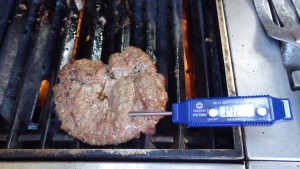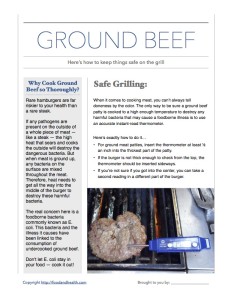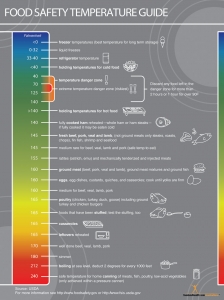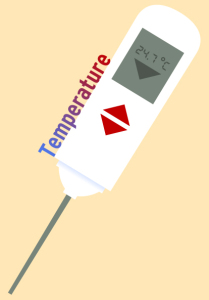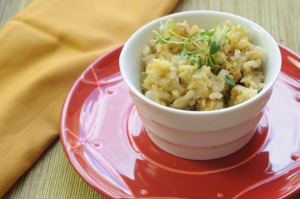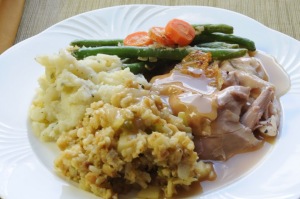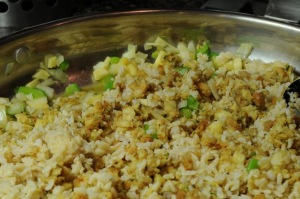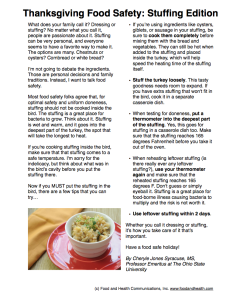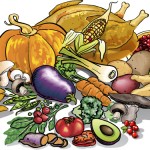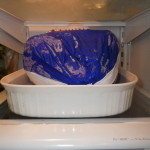For food writers everywhere the month of November seems to demand that we write about preparing that Thanksgiving meal….including the big bird. This whole process may seem daunting for those that only roast a turkey one time a year. The big meal means lots of food which can result in potential food safety problems—there just never seems to be enough room in the refrigerator to keep it safe. And then what to do with the leftovers?
Over the past several years we’ve posted on this blog numerous articles about these topics. Instead of trying to find a new twist this year….we’re “reposting” some of the more popular Thanksgiving related articles.
Lean Protein: Spotlight on Turkey – Turkey can be a good source of inexpensive low-fat protein. This is a good time of the year to catch a sale on turkey, if you have the space, why not put a one or two in the freezer?
https://news.nutritioneducationstore.com/lean-protein-spotlight-turkey/
Three Turkey Tips – quick tips about washing the turkey, pink meat near the bones and the best temperature to use a a guide to know when you’re turkey’s done. Includes a handout, too!
https://news.nutritioneducationstore.com/three-turkey-tips/
How NOT to Thaw that Turkey –don’t try these at home! Sometimes people try the unusual (and frequently not-so-safe) methods for thawing their turkeys. Recommendations for safe thawing, too. https://news.nutritioneducationstore.com/how-not-to-thaw-that-turkey/
Thanksgiving Quiz or You Want to do What with that Turkey? Five question quiz (along with the answers) on turkey food safety including tips on thawing the turkey and what to do when it’s till frozen the day before Thanksgiving. Includes a PDF of the quiz.
https://news.nutritioneducationstore.com/thanksgiving-quiz/
How old is that Turkey? Advice on what to do with that year-old turkey in your freezer. Spoiler alert: cook it! Post includes tips for those who (obviously) don’t cook turkey that often.
https://news.nutritioneducationstore.com/how-old-is-that-turkey/
All Over But the Leftovers— A five question quiz that reinforces the basics of safe Thanksgiving (and year round) leftover practices. Another PDF quiz included.
https://news.nutritioneducationstore.com/all-over-but-the-leftovers
Early November Checklist –Think ahead with these ideas that can make the shopping, storing and cooking that Thanksgiving dinner easier, including cleaning out the freezer and finding your food thermometer.
https://news.nutritioneducationstore.com/early-november-checklist/
Thinking About Turkey—a few last minute thoughts about that Thanksgiving turkey including what to do if your forgot to thaw out the turkey and healthy turkey “tradeoffs.” https://news.nutritioneducationstore.com/thinking-about-turkey/
Please feel free to print and share these articles and handouts with your clients.
May you have a happy, healthy and food safe holiday.
Cheryle Jones Syracuse, MS
Professor Emeritus, The Ohio State University
Check out our new menu planning items:



